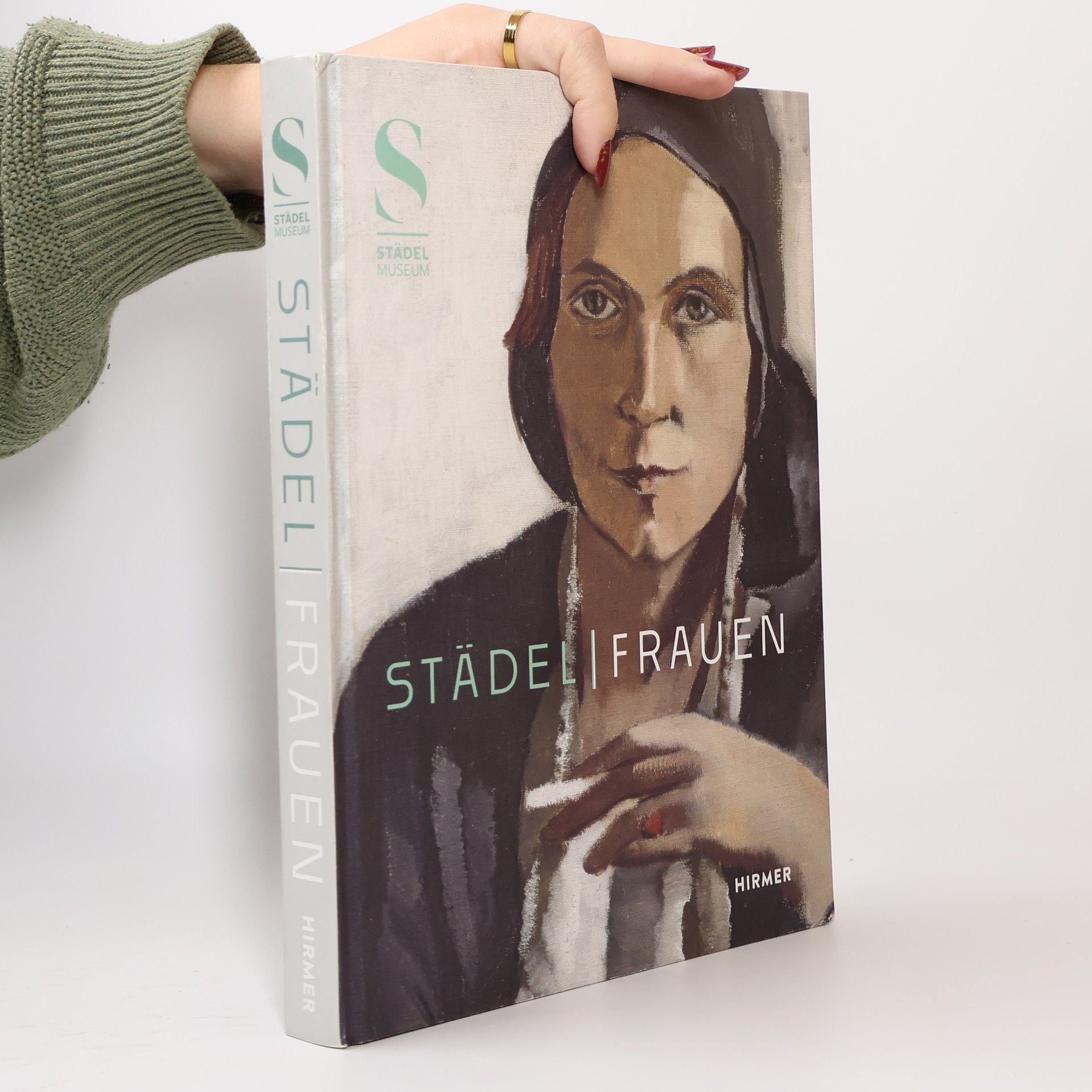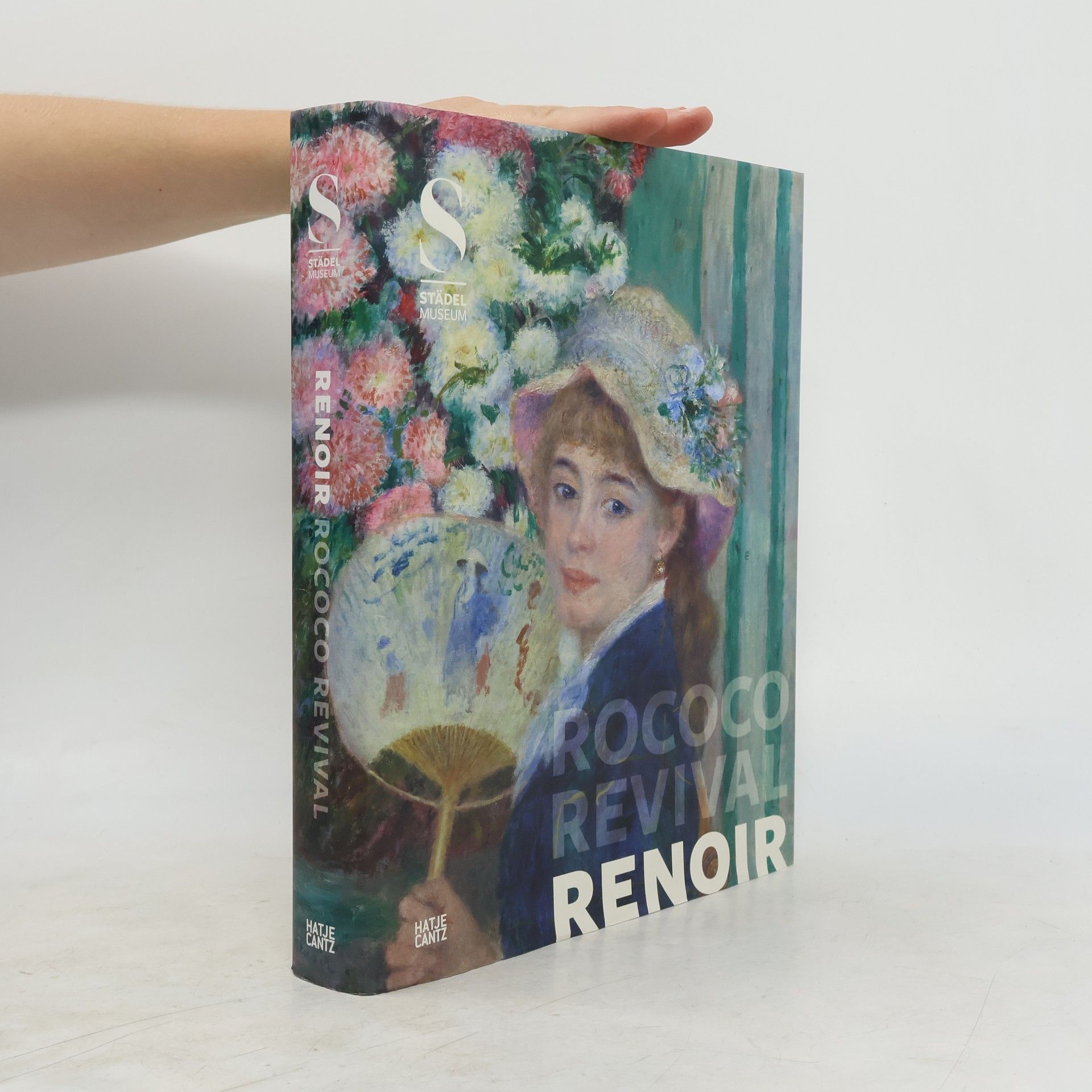Städel | Frauen
Künstlerinnen zwischen Frankfurt und Paris um 1900






Künstlerinnen zwischen Frankfurt und Paris um 1900
Is it painting or sculpture? This outstanding exhibition catalog deepens our understanding of a genre-bending medium over nearly two centuries. No other artistic form transcends our vision quite like the relief; its ambiguity has drawn some of the world’s greatest artists to explore its possibilities. The book delves into modern art's reliefs, offering readers the chance to explore this unique genre. Beginning in 1800, it traces the relief's fluid aesthetic and highlights the significance of innovation and adaptation until the 1960s. Opening with neoclassical works reminiscent of ancient Egypt, Greece, and Rome, the authors examine sculptors who challenged their medium's boundaries, such as Jules Dalou, Auguste Rodin, and Medardo Rosso, alongside painter-sculptors like Edgar Degas, Paul Gauguin, and Pablo Picasso. Readers will discover how Dadaists like Kurt Schwitters, Hans Arp, and Sophie Taeuber-Arp transformed collage and assemblage techniques with found materials, while artists like Henry Moore, Louise Nevelson, and Lee Bontecou reintroduced monumental, large-scale works. Filled with high-quality reproductions and photographs, the book celebrates the evolution of a creative expression that began as a dialogue between genres and has become an artistic medium in its own right.
Das Relief und seine Bedeutung für die Moderne Ist es Malerei oder Skulptur, Fläche oder Raum? Kaum ein anderes künstlerisches Medium fordert unser Sehen so heraus wie das Relief. Gerade seine Unbestimmtheit hat es seit jeher für zahlreiche Künstlerinnen und Künstler besonders reizvoll gemacht. Dieser Band beleuchtet die Variationen des Reliefs von 1800 bis in die 1960er-Jahre anhand herausragender Arbeiten von Kunstschaffenden wie Bertel Thorvaldsen, Jules Dalou, Auguste Rodin, Medardo Rosso, Paul Gauguin, Henri Matisse, Pablo Picasso, Alexander Archipenko, Sophie Taeuber-Arp, Hans Arp, Kurt Schwitters, Oskar Schlemmer, Lucio Fontana, Louise Nevelson oder Lee Bontecou. Im Verlauf der mehr als 150 Jahre wuchs das Interesse, die traditionellen Gattungsgrenzen der Kunst zu überwinden. Maler schufen Skulpturen, Bildhauer näherten sich der Malerei an. Das Relief wurde zu einem Spielfeld für Experimente, auf dem sich neue Formen, Materialien und Techniken erproben ließen. Auch erweiterte sich seine gesellschaftliche und politische Bedeutung: Im Zuge radikaler Veränderungen im frühen 20. Jahrhundert wurde das Relief zu einem Raum der Utopie und des Aufbruchs in eine neue Welt. In 13 Kapiteln erkundet dieses Buch die Möglichkeiten und Grenzen der Reliefkunst jenseits historischer Entwicklungslinien oder stilistischer Ordnungssysteme – und bietet dabei zahlreiche Entdeckungen und Überraschungen.
Rococo Revival
Gibt es „impressionistische Skulptur“? Seit 1881, der Präsentation von Edgar Degas’ Kleiner 14-jährigen Tänzerin auf der 6. Impressionisten-Ausstellung in Paris, existieren sowohl der Terminus als auch dessen Diskussion. Die Frankfurter Ausstellung widmet sich in einer vertieften Untersuchung der Kernfrage, was es bedeutet, die Charakteristika der impressionistischen Malerei wie Licht, Farbe, Flüchtigkeit und Immaterialität in bildhauerische Konzepte zu übertragen.Anhand ausgewählter Künstler, darunter Edgar Degas, Auguste Rodin und Medardo Rosso, werden auch gattungsübergreifende Werkprozesse, in denen ein Medium vom anderen profitiert, untersucht.
Eine große Künstlerin – lange vergessen Städel Museum, Frankfurt (19. September 2018 – 17. März 2019) Ihre sensibel gestalteten Porträts brachten der Berliner Malerin Lotte Laserstein (1898–1993) in den späten Jahren der Weimarer Republik raschen Erfolg. Mit der Machtergreifung der Nationalsozialisten wendete sich für sie jedoch das Blatt. Die politischen Bedingungen schlossen die Malerin mit jüdischem Hintergrund zunehmend aus dem öffentlichen Kulturbetrieb aus. 1937 musste sie Deutschland verlassen und floh ins schwedische Exil. Abgeschnitten von der internationalen Kunstszene geriet ihr Werk weitgehend in Vergessenheit. Der Fokus der Publikation liegt auf den Arbeiten der 1920er- und 1930er-Jahre, die das große Potential der Künstlerin offenbaren. Das Porträt zieht sich wie ein Leitmotiv durch ihre Kunst. Immer wieder negierte sie in ihren Werken klassische Rollenvorstellungen und entwickelte neue, vor allem weibliche Identifikationsbilder. Diese finden Ausdruck in souveränen, athletischen und modebewussten Frauenfiguren, die den neuen Typus der modernen Frau reflektieren. Das Buch bietet die Chance, dem faszinierenden Werk dieser lange vergessenen Künstlerin zu begegnen.